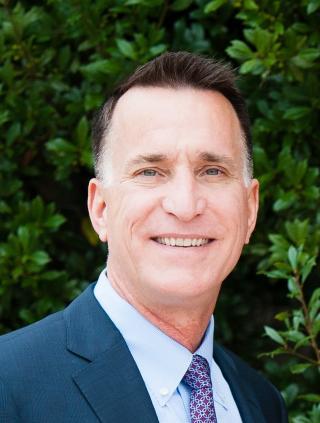Providing pathways for development, promotion and everything in between.
October 2024 eNewsletter
Go to the full newsletter: October 2024: Volume 8 | Issue 2
October 2024
New University CV Template
Many faculty members have identified challenges using the Word version of the University CV template from the Office of Faculty Affairs website. In particular, users have sent questions about formatting and where certain activities should appear.
In response, the Office of Faculty Affairs convened an ad hoc committee of faculty and administrative staff members to identify the issues and develop solutions, an effort that led to the creation of a new University CV Template.
Using Faculty Success can streamline the creation of a CV in the recognized University format. Faculty Success can easily generate a CV in PDF or Word format. From the Word output, users can further refine and finalize their CV.
This updated University CV Template will be the default CV format for processes next year. For any processes requiring a CV to be in the University format, either version (the updated or the traditional one) is permitted.
The new template has updated formatting and a companion annotated version that explains each of the subheadings with example citations. Faculty Success is the best way to generate a CV in the University format. It pulls your existing activities in Faculty Success into the correct areas of the University CV template and in the correct format.
The Office of Faculty Affairs recommends that you use the pre-configured University CV report in Faculty Success to generate your CV in the University format. With much of your recent activity documented in Faculty Success already, as a result of your involvement in the annual reporting process, you are well on your way to getting your CV generated in the University format.
The Office of Faculty Affairs thanks the members of the ad hoc committee who worked on these improvements: Allen Davis, Philip Evers, Jason Farman, John Fourkas, Jeffrey Harring, Cy Keener, Elizabeth Martinez, Valerie Orlando, Linda Steiner, Anat Szendro Sevilla and Jackie Takacs.
Elevate and Faculty Success
Faculty Success appointment and personnel data will be transitioning to Workday/Elevate with the November 15 launch. This will result in a few changes to the Faculty Success system.
- Active users in Faculty Success will be limited to those who have academic appointments.
- The primary appointment for tenured and tenure-track faculty members will now always be their tenure home unit. Previously, the primary appointment was determined by FTE split percentages.
- Workday/Elevate has adopted the street address for the Personal and Contact Information screen (the integration with PHR has used the building and room number). Going forward, the campus street address will be populated by Workday/Elevate. Users can manually update their building and room numbers on the Personal and Contact Information screen.

The University is preparing for a historic transformation of our enterprise systems that support HR and finance functions on campus. This means that our current PHR, Kuali Finance, and related systems will be retired and we will move to a modern cloud-based solution with Workday. The Elevate program began planning for this new system in 2019, started implementation in 2020, and now in 2024 we are finally going live on Workday November 15.
How can faculty prepare for Workday? The best preparation is to complete the recommended Workday training before November 15. Courses are online and the Elevate program has been sending emails with recommended courses to all faculty. Faculty can also learn what courses to take by visiting the Elevate website. Simply visit the training page and there is a link to “What training should I take” – this will prompt users for their UID and an email where the user’s specific recommended courses will be sent. By taking the recommended courses now, faculty will be better prepared for the Workday system on November 15. The Elevate website has other resources to complement the online training including FAQs and job aids that provide step-by-step instructions for over 300 tasks in Workday.
As a faculty member with grants, students and teaching, I appreciate that this transition will have a significant impact as we take time to complete our training and then adapt to a new system and new processes. The short-term challenges will pay off with a system that better meets the needs of our students, staff and faculty over the long term. I want to close by acknowledging what President Pines said in his recent video message to the campus: “During this transition we should all practice patience with one another as we learn this new system and new processes . . . we can succeed when we face this challenge together.”